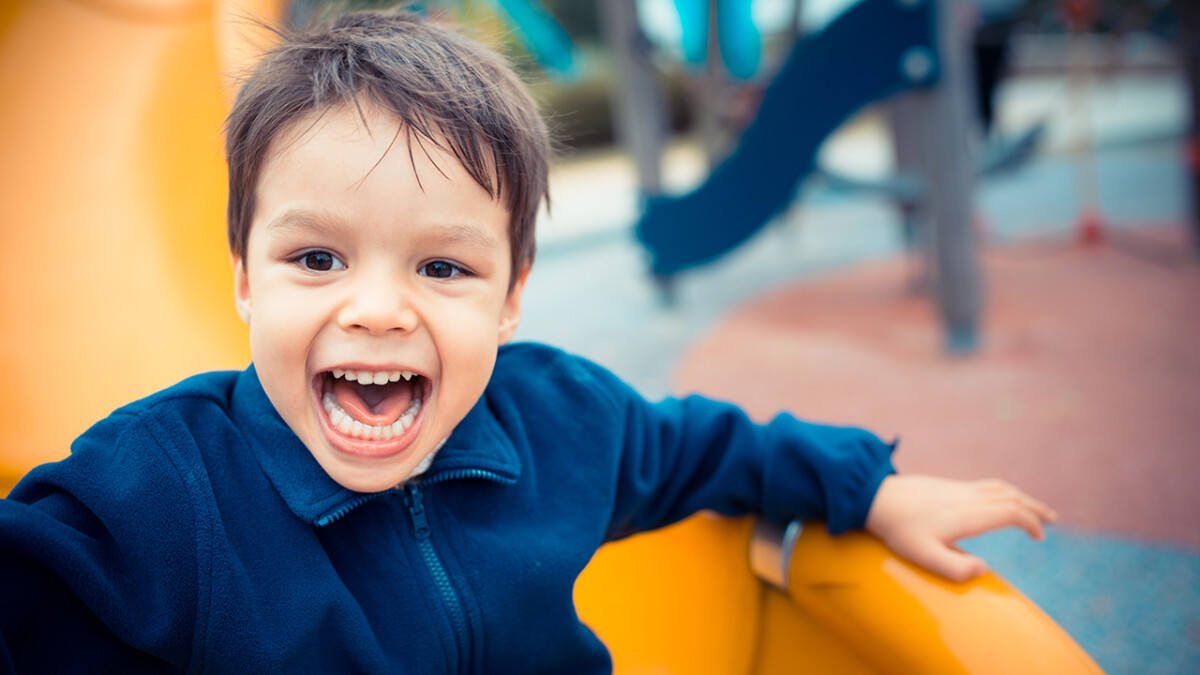Playgrounds are a great way to entertain kids, which is why you can find them in parks, schools, fast food chains and communities across the country. However, playgrounds can also be dangerous. Either from lack of routine maintenance or using the wrong age-group equipment, accidental injuries can happen. Below are some areas to consider before heading to the playground.
Age
Did you know that playgrounds have age restrictions? Typically, there are three main age groups: children six months to nine years, 10-14 years old and 15-19 years old.
These restrictions and limitations help ensure all children have appropriate equipment and playmates to help prevent accidental injuries and reflect the different developmental needs of their group. While there is a category for older teens, the younger groups have more significance. In fact, these younger groups can continue to subdivide into additional classifications, including toddlers (six months to two years), preschoolers (2-5 years) and elementary/middle schoolers (5-14 years).
Weather
According to the American Burn Association, if the surface of a piece of playground equipment is 140 degrees, it can take as little as three seconds to get a second-degree burn and five seconds to get a third-degree burn.
If the equipment is in direct sunlight for an extended period, there is a risk of sustaining a thermal burn. It doesn’t have to be scorching hot outside for children to receive severe burns from playground equipment. A plastic slide can reach a temperature of 150 degrees on an 80-degree day.
Young children have slower reaction times to hot surfaces and thinner skin than older kids, so making sure playground equipment is at a safe temperature can help prevent burns.
Metal slides or metal equipment is not the only threat for burns on the playground. Materials like plastics and rubbers, dark-colored plastics, cement or asphalt and uncoated metal equipment also have the potential to become hot enough to burn a child’s skin. Use your hand to check the temperature of the playground equipment. If parents or teachers can keep their hand on a surface for a slow count to five, chances are it is safe for children to play on.
The severity of a thermal burn injury can range from superficial to deep. The time it takes for a thermal burn to heal can vary wildly depending on various factors, including what caused the thermal burn and how quickly treatment or medical attention is sought.
Proper attire and playground safety
Have your child wear long pants to protect the skin on the back of the legs because this area is highly sensitive and helps protect your child from friction burns caused by skin rubbing off on the hard surfaces. Minor friction burns, such as first-degree burns, can be treated at home by running lukewarm water over the affected area and then covering it with a pain-relieving antibacterial topical ointment or cream.
For minor friction burns:
- The burn may look red, swollen and wet.
- The swelling should go down over time, and the wound will start to dry out, forming a scab.
- The skin or scab may be itchy, as this usually occurs when the skin is healing.
- Do not pick at the scab. This can increase the chances of infection and scarring.
- If instead of scabbing and healing, the wound continues to change colors, feel tender or become increasingly painful, or if something new presents, such as oozing or a foul smell, please seek medical attention immediately because there is a chance the wound is infected.
Make sure your child wears shoes, pants, and a hat while on the playground to prevent contact burns to their legs and feet and sunburns to their head, face, and neck. Be sure to apply sunscreen before spending long periods outdoors to help prevent sunburns.
Sunburns are caused by the sun’s ultraviolet (UV) rays, making them a form of radiation burn. Most sunburns only affect the epidermis or top-most layer of skin and are usually considered first-degree burns, meaning it doesn’t usually require medical attention. They can be treated at home, though your young patient may be uncomfortable for a few days.
Sunburn isn’t the only thing to watch out for when spending time outdoors! Dehydration is the number one concern when it comes to sun poisoning, along with infection, increased risk of skin cancer and severe sunburn. Make sure to stay hydrated to help prevent sun poisoning, heat cramps, heat exhaustion or heat stroke.
To learn more about radiation burns, click here.
For more information about sun poisoning, click here.
Worried about water blisters from sunburns? Read more here.
To learn more about how long sunburns can last, click here.
For more information on thermal burns or how to treat them, contact Burn and Reconstructive Centers of America at 855-863-9595. If you’re a healthcare provider looking to refer a patient, check out our referral process and how we’re able to assess and create a care plan in minutes.
